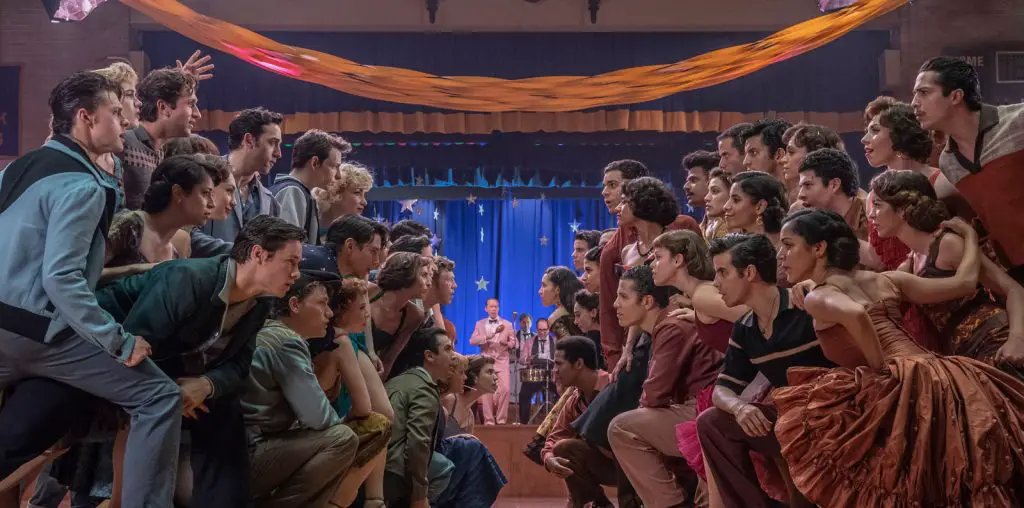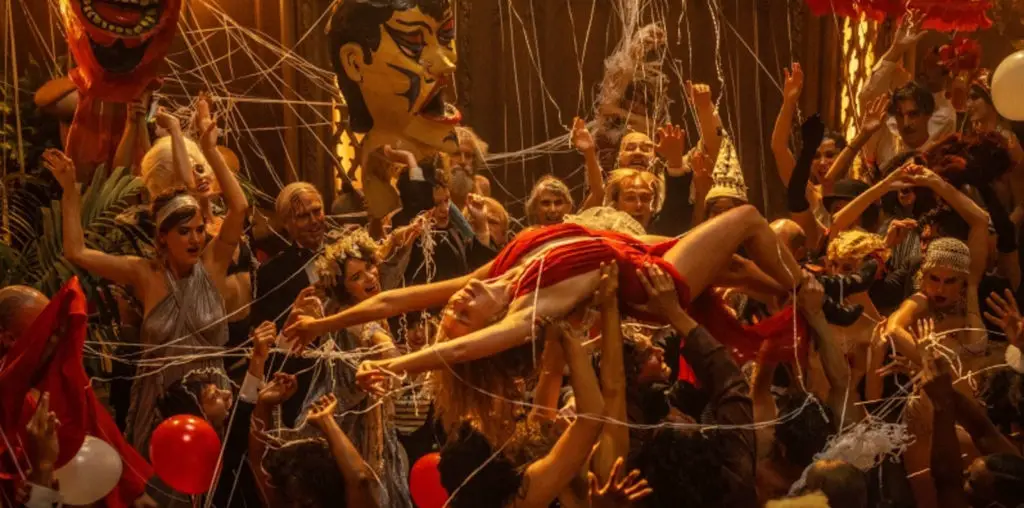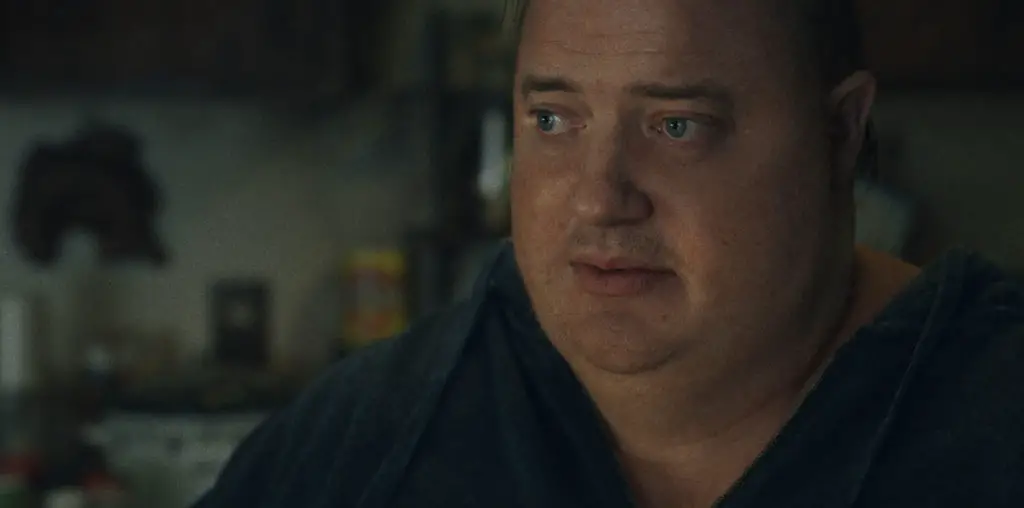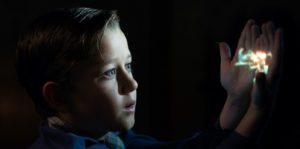
NOW IN THEATERS! The Fabelmans, Steven Spielberg‘s self-portrait of a young man finding himself in a field of film magicians, turns out to be unexpectedly hip and heavy. Written by Speilberg and Tony Kushner, the film begins in 1952, as little Sammy Fabelman (Mateo Zoryan) is taken to his first movie, De Mille’s The Greatest Show on Earth. He’s scared because it is dark in there, and the people on the screen are giants.
To calm him down, his father, Burt (Paul Dano), explains the science of 26 frames per second while his mother, Mitzi (Michelle Williams), describes the magic of dreams that stay. It isn’t long before Sammy’s swept away by the spectacular train wreck in the movie, inspiring him to ask for a train set for Hanukah. He immediately starts recreating the movie by wrecking the trains. This upsets Burt. Mitzi secretly conspires to set up the train wreck one more time and film it with Burt’s home camera, so Sammy can see the wreck repeatedly without hurting the trains. This gets Sammy hooked, and he starts making shorts with family members.
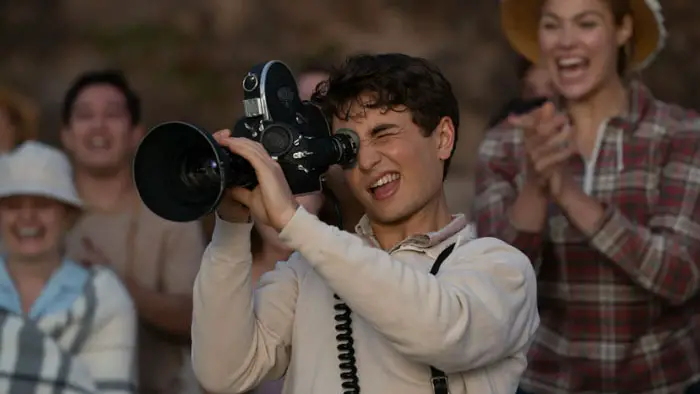
“…gets Sammy hooked, and he starts making shorts with family members.”
Meanwhile, Burt is developing the technology that will someday be computers with his buddy Benny (Seth Rogen) helping him out. Benny acts like an uncle to the family and joins them in moving for a big job to Arizona. Growing up in Phoenix, a now-teenage Sammy (Gabriel LaBelle) films cowboy and war pictures starring his scout troop. Burt wishes Sammy would outgrow what he sees as a hobby. However, during a visit, Uncle Boris (Judd Hirsch) sees that this isn’t a hobby; it’s a calling. Having worked in the circus, Boris recognizes someone who will shovel elephant s**t in order to someday ride the elephant. Boris worked in the movies during the silent era and knows a thing or two, including that the pursuit of art always takes priority over family, and in the end, the artist abandons all loved ones. Another move brings a new high school where Sammy faces bullying and antisemitism.
When I was 6, Spielberg was responsible for my first cinematic frustration: not getting to see the inside of the spaceship in Close Encounters of the Third Kind. It was explained to me that whatever they could have come up with wouldn’t come close to the interiors of my imagination. But I wasn’t interested in my imagination. I wanted to see the filmmaker’s imagination. With The Fabelmans, we get much closer to finally seeing what’s inside Spielberg’s spaceship. I came into this expecting Spielberg’s version of Radio Days. I figured the movie would be a schmaltzy autobiographical love letter to the boomer era with lots of cute sequences of children making home movies.
During the act first, my assumptions seemed on track. But then they were derailed like Sammy’s model trains. At the part of Hirsch’s speech about the price paid to be an artist, the actor takes several steps too many toward the camera, awkwardly filling the frame too much. It feels like a mistake as if Hirsch missed his mark and stepped too close. The impact on the audience is immense, with the gravity of the words about the cruel demands of art hitting like a nine-pound hammer. It is an unpolished camera move that is uncommon for Spielberg, more resembling the kind of angles Cassavetes employed to disrupt expected compositions. It is here Spielberg, the inventor of the summer tentpole, started doing something I never expected of him: the filmmaker surprised me.
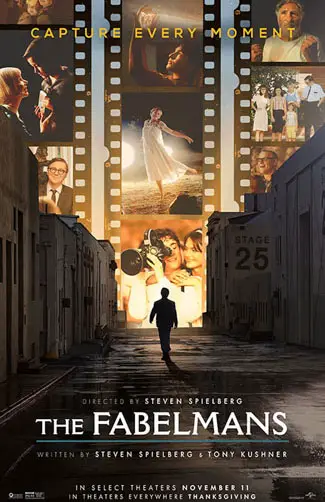
"…engaging and compelling. I am still pondering it days later."
